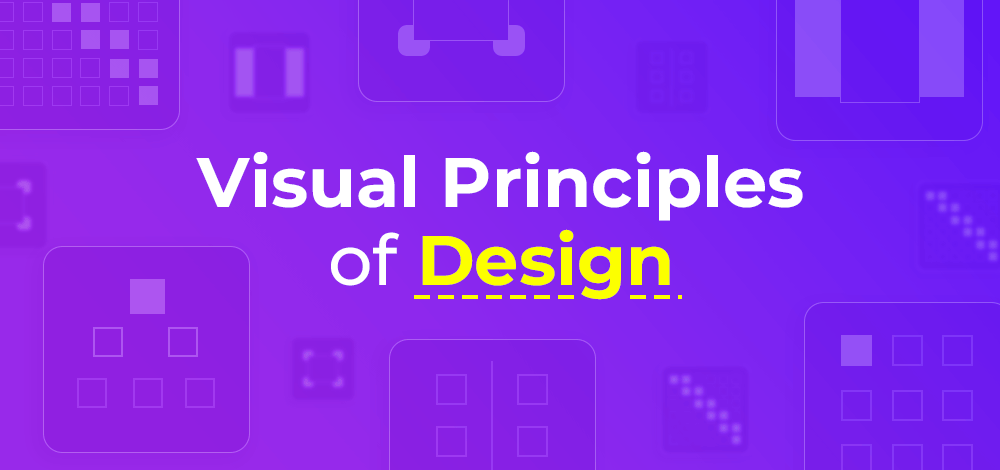
The Principles of Effective Design in Freelancing
Freelance designers occupy a unique space in the world of creative work. They have the freedom to choose their projects, set their schedules, and define their creative direction. Yet, with this freedom comes the responsibility of consistently delivering effective and impactful design. In this comprehensive guide, we'll delve into the principles of effective design in the context of freelancing. Whether you're a graphic designer, web designer, or any other type of creative freelancer, these principles will help you elevate your work and meet the needs of your clients.
Understanding Effective Design
Before we dive into the principles, let's clarify what effective design means:
Effective design is the process of creating visual or interactive solutions that achieve their intended purpose. It goes beyond aesthetics, focusing on communication, functionality, and user experience. Effective design has a clear and measurable impact, whether it's conveying a message, solving a problem, or enhancing a brand's identity.
The Core Principles of Effective Design
Now, let's explore the core principles that guide effective design in the freelance world:
1. Clarity and Simplicity
Clarity and simplicity are foundational principles of effective design. Your designs should communicate the intended message or function clearly and concisely. Avoid clutter and unnecessary complexity. Strive for a clean, organized, and easily digestible visual language.
2. User-Centered Approach
Effective design always starts with the end user in mind. Understand your target audience, their needs, preferences, and pain points. Tailor your design to serve and engage the user effectively. Usability and user experience (UX) are paramount.
3. Visual Hierarchy
Establish a clear visual hierarchy in your designs. Use elements like typography, color, size, and spacing to guide the viewer's attention. The most important information or call to action should be prominent and easily noticeable.
4. Consistency and Branding
If you're working on branding or marketing materials, maintain consistency in design elements. Create a visual identity that aligns with the client's brand. Consistency builds recognition and trust among the audience.
5. Functionality
In web design and interactive projects, functionality is key. Ensure that your designs work seamlessly across devices and browsers. Prioritize responsive design and user-friendly interfaces.
6. Typography and Readability
Typography plays a crucial role in effective communication. Choose fonts that are legible and appropriate for the content. Pay attention to line spacing, line length, and font size to enhance readability.
7. Color Theory
Understand the psychology of color and its impact on emotions and perception. Use color strategically to convey the right mood and message. Be mindful of accessibility standards, especially for web design.
8. White Space
White space, or negative space, is the area between and around design elements. It's not just "empty" space; it provides balance, breathing room, and helps with visual organization. Don't overcrowd your designs; embrace white space.
9. Balance and Composition
Achieve visual balance in your designs. Balance doesn't necessarily mean symmetry; it's about distributing visual weight evenly. Compositional techniques like the rule of thirds and the golden ratio can enhance aesthetics.
10. Testing and Feedback
Always test your designs before finalizing them. Solicit feedback from peers or clients. Testing helps uncover usability issues, bugs, or design flaws that might not be immediately apparent.
Practical Applications in Freelancing
Now that we've covered the core principles, let's see how they apply to different areas of freelance design:
Graphic Design
In graphic design projects, the principles of clarity, simplicity, and branding are crucial. Whether you're creating a logo, brochure, or poster, make sure the design effectively conveys the message and aligns with the client's brand identity.
Web Design
For web designers, functionality, usability, and responsiveness are paramount. Focus on creating user-friendly interfaces and ensuring that the website works seamlessly across devices. Pay attention to navigation and user flow.
UI/UX Design
User interface (UI) and user experience (UX) designers should be obsessed with user-centered design. Conduct user research, create wireframes and prototypes, and continually iterate based on user feedback. The user's journey should be intuitive and delightful.
Illustration
In illustration projects, visual hierarchy and composition come into play. Illustrations should guide the viewer's eye and enhance the storytelling. Pay attention to color choices and how they evoke emotions.
Photography
Photographers should consider composition, balance, and storytelling in their images. Capturing the essence of the subject and conveying a message through visuals is the goal. Post-processing should enhance, not distort, the reality of the scene.
Common Challenges in Freelance Design
While these principles serve as a solid foundation, freelance designers often face common challenges:
Client Expectations
Clients may have unrealistic expectations about what design can achieve. It's essential to manage their expectations, educate them about design principles, and explain the reasoning behind your choices.
Feedback Handling
Not all feedback is constructive or aligned with design principles. Freelancers must navigate feedback diplomatically, defending design choices when necessary and being open to improvements.
Time Constraints
Freelancers often work under tight deadlines. Time management and prioritization skills are essential for delivering quality work on schedule.
Scope Creep
Clients may request additional work beyond the initial scope. Freelancers must define project boundaries clearly in contracts and manage scope creep effectively.
Mastering Effective Design in Freelancing
Effective design is the linchpin of success for freelance designers. It's the bridge between creativity and functionality, aesthetics and purpose. By understanding and applying the core principles of effective design, freelancers can consistently deliver work that not only meets but exceeds client expectations. Whether you're a seasoned freelancer or just starting your journey, these principles will serve as your guiding light, helping you create impactful and memorable design solutions.
